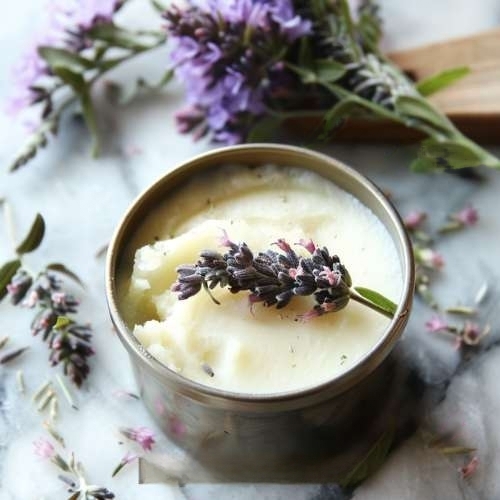In recent years, shea butter has become a trendy ingredient in the skincare industry. You can find it in everything from body lotions to face creams and even hair products. This natural ingredient is extracted from the nuts of the shea tree and is known for its moisturizing properties. However, there has been some debate as to whether shea butter clogs pores or not. In this article, we will explore the truth behind this popular skincare ingredient and answer your most pressing questions.
What Is Shea Butter?
Before we get into whether shea butter clogs pores or not, let’s first take a closer look at what this ingredient actually is. As mentioned earlier, shea butter is extracted from the nuts of the shea tree, which is native to West Africa. The butter is rich in fatty acids and vitamins, making it an excellent moisturizer for the skin.

How Does Shea Butter Benefit the Skin?
Shea butter is packed with nutrients that are beneficial to the skin. Here are some of the ways that shea butter can improve the overall health and appearance of your skin:
- Moisturizes dry skin: Shea butter is an emollient, which means that it helps to lock in moisture and keep the skin hydrated.
- Calms irritated skin: Shea butter has anti-inflammatory properties that can soothe redness, itching, and other signs of irritation.
- Helps to fade scars: Shea butter contains vitamin A, which can help to reduce the appearance of scars and stretch marks over time.
- Promotes collagen production: The fatty acids in shea butter can promote collagen production in the skin, which can help to improve elasticity and firmness.
Does Shea Butter Clog Pores?
Now, let’s address the big question: does shea butter clog pores? The short answer is no, shea butter does not clog pores. In fact, it is considered to be non-comedogenic, which means that it does not block the pores or cause acne breakouts.
While shea butter is rich and creamy in texture, it is still easily absorbed into the skin. It won’t leave a greasy residue on the surface of the skin that can clog pores and lead to breakouts.

What Makes Shea Butter Non-Comedogenic?
To understand why shea butter is non-comedogenic, we need to take a closer look at its composition. Shea butter is made up of fatty acids, such as oleic acid and stearic acid, which are similar to the natural oils produced by our skin.
When applied to the skin, shea butter works with our natural oils to create a protective barrier that locks in moisture. Unlike other heavy oils and butters that can sit on the surface of the skin, shea butter is easily absorbed, making it an ideal ingredient for those with oily or acne-prone skin.
Can Shea Butter Cause Acne Breakouts?
While shea butter is non-comedogenic and generally safe for use on all skin types, there are some situations where it may cause acne breakouts. For example, if you are using a product that contains shea butter along with comedogenic ingredients, such as coconut oil or cocoa butter, this could potentially clog your pores and lead to breakouts.
Additionally, if you have a sensitivity or allergy to shea butter, this could also cause acne breakouts. It’s always a good idea to patch test new skincare products before applying them to your entire face to avoid any adverse reactions.
How to Choose Products with Shea Butter
If you’re interested in incorporating shea butter into your skincare routine, here are some tips to help you choose the right products:
- Look for products that contain pure, unrefined shea butter: This is the most natural and potent form of shea butter, so you’ll get the most benefits from it.
- Check the other ingredients: Make sure that any product containing shea butter doesn’t also contain comedogenic ingredients that could potentially clog your pores.
- Patch test: Before applying a new product all over your face, patch test it on a small area of skin to make sure that you don’t have any adverse reactions.
Incorporating Shea Butter Into Your Skincare Routine
Known for its rich emollient properties, shea butter serves as a natural source of vitamins and fatty acids that work harmoniously to deeply moisturize and replenish the skin’s barrier. To harness its benefits, consider using shea butter-based products such as moisturizers, body lotions, and even lip balms. For facial skincare, opting for non-comedogenic formulations can help minimize the risk of pore congestion. When integrating shea butter into your routine, remember that a little goes a long way – a small amount can go a long way in delivering the desired hydration and glow. Whether you’re combating dryness, soothing irritation, or seeking to enhance your skin’s overall radiance, shea butter offers a natural and versatile solution that can be tailored to your individual skincare needs.
Conclusion
Shea butter is a safe and effective skincare ingredient that does not clog pores or cause acne breakouts. In fact, it has numerous benefits for the skin, including moisturizing dry skin, calming irritation, and promoting collagen production. When choosing products with shea butter, be sure to look for pure, unrefined versions and avoid those containing comedogenic ingredients.






